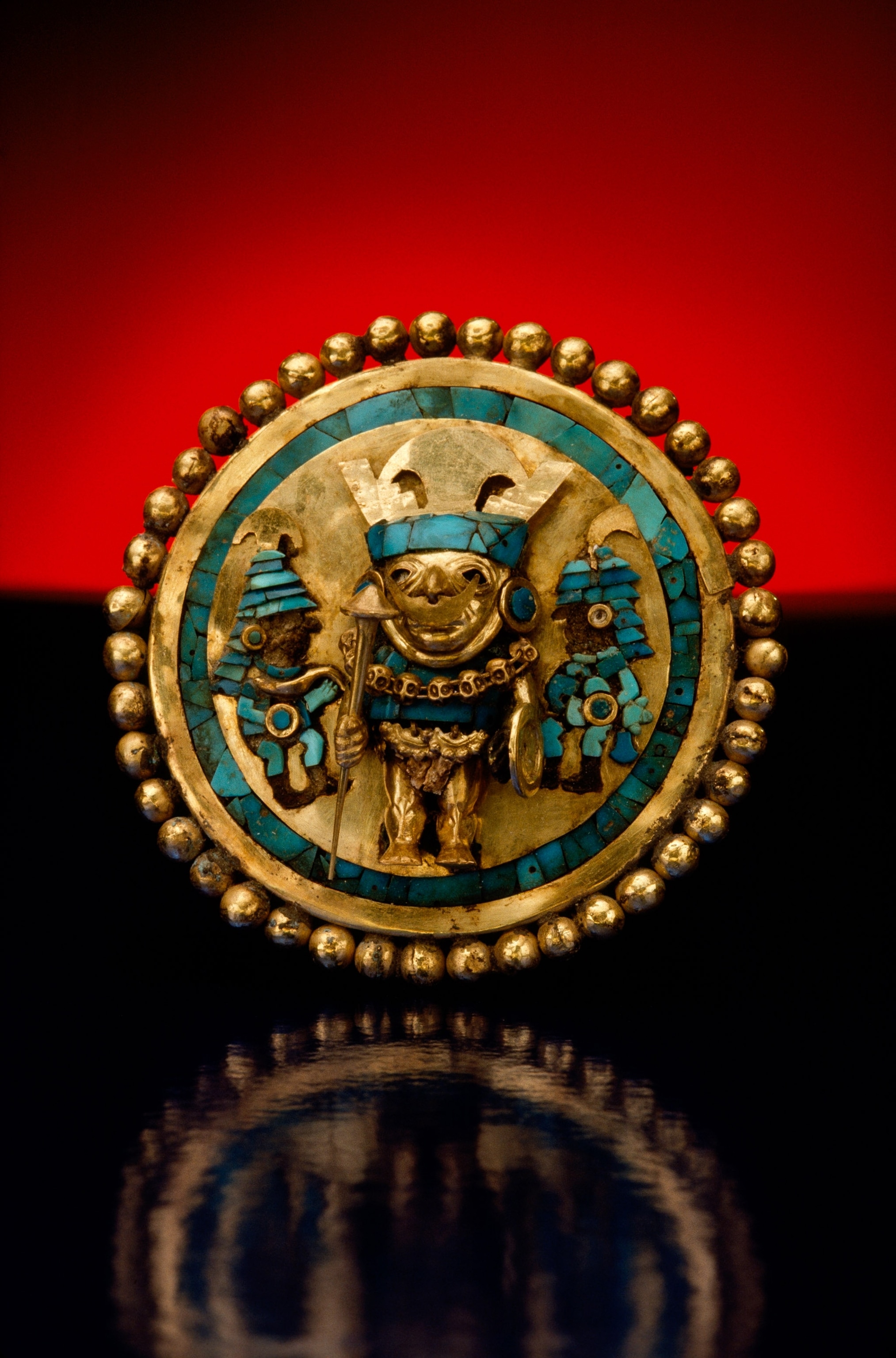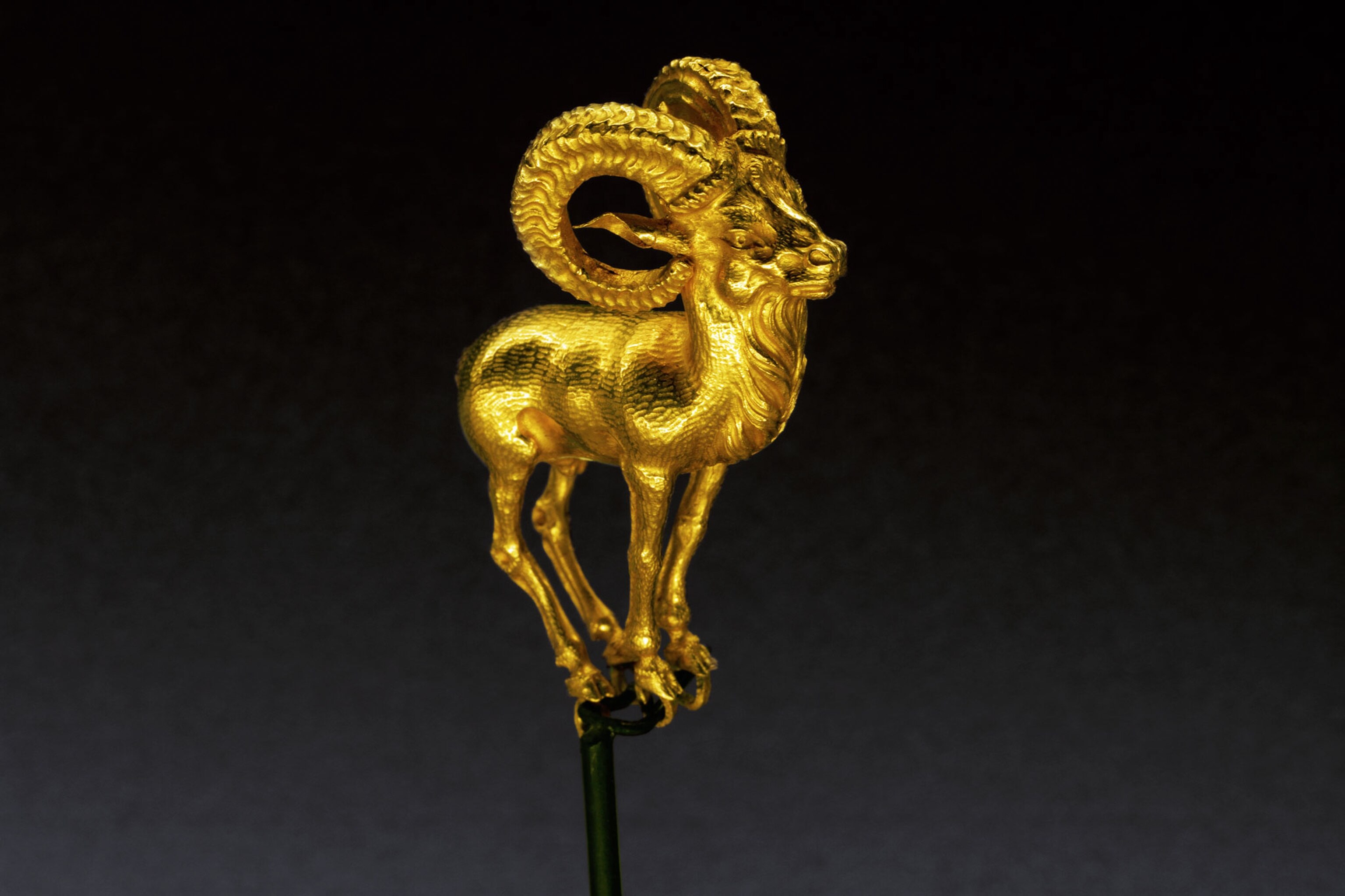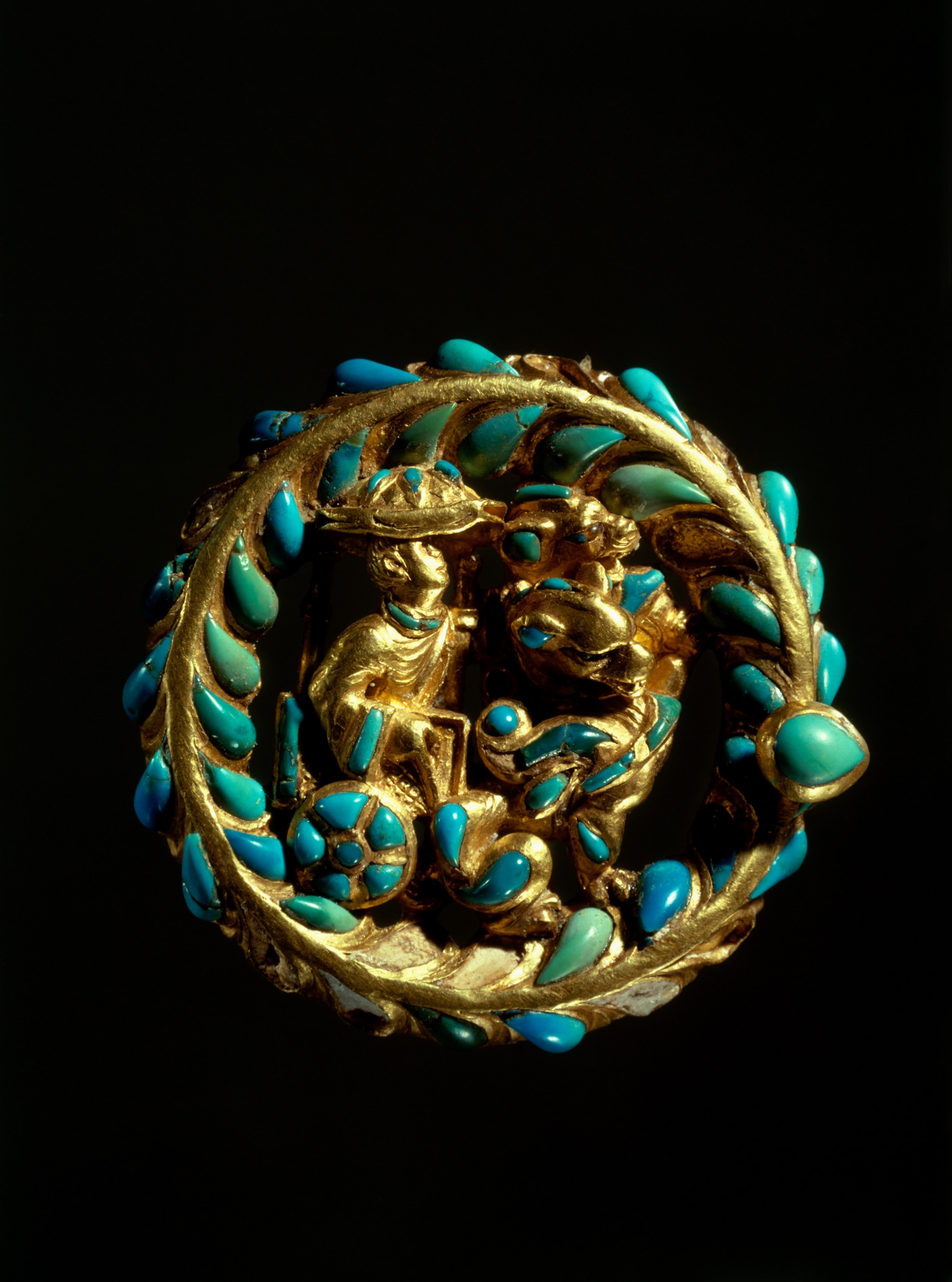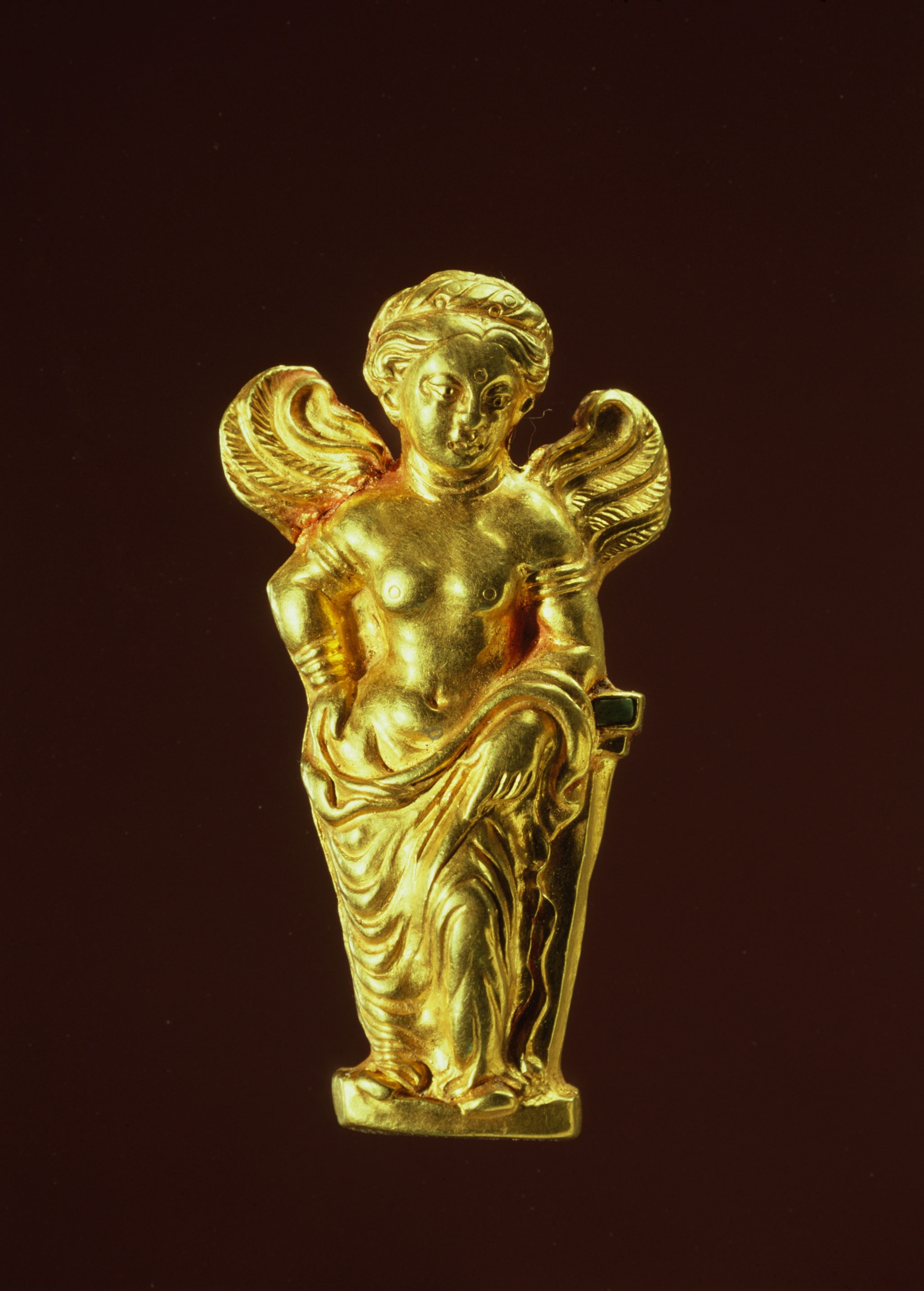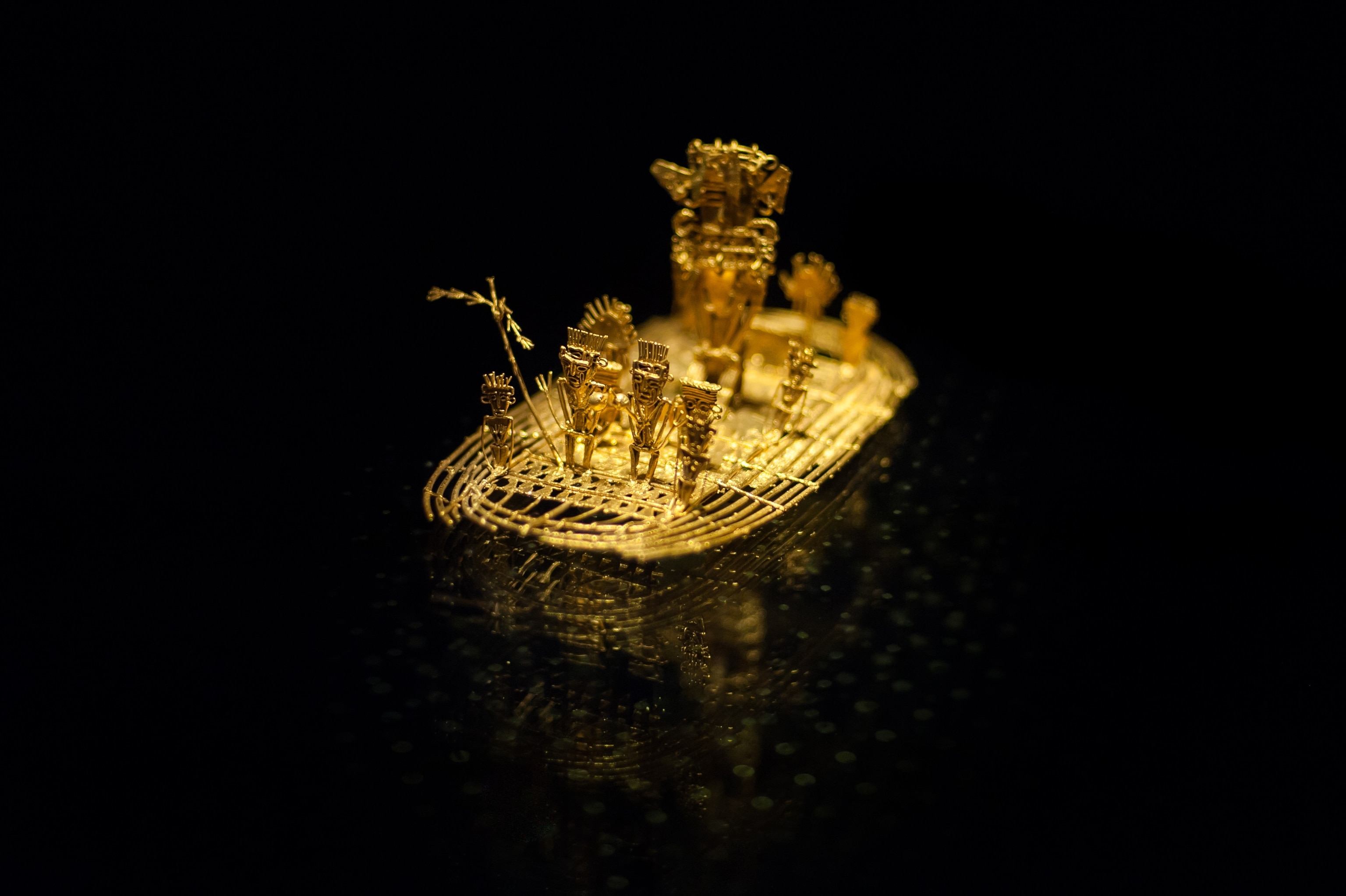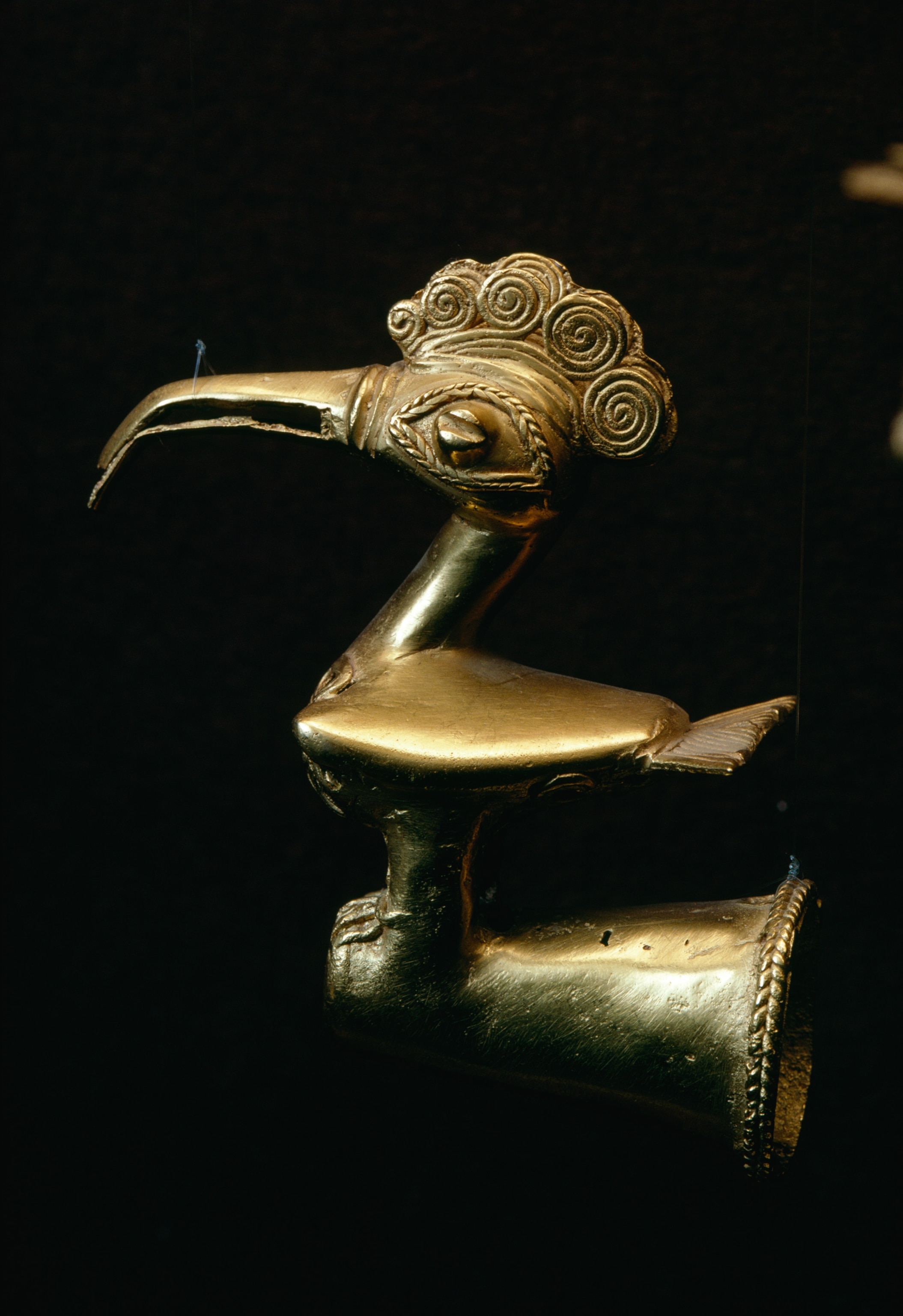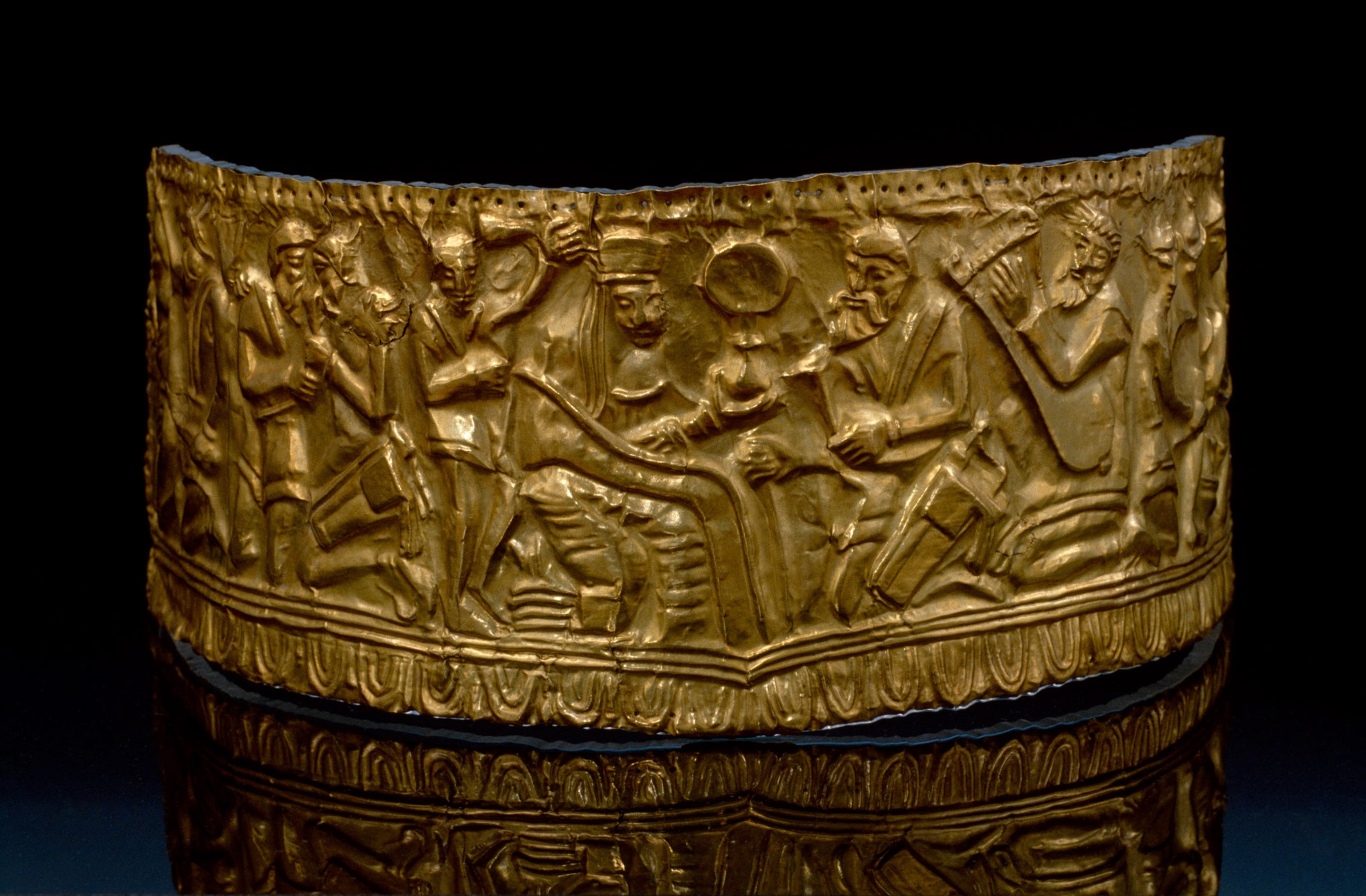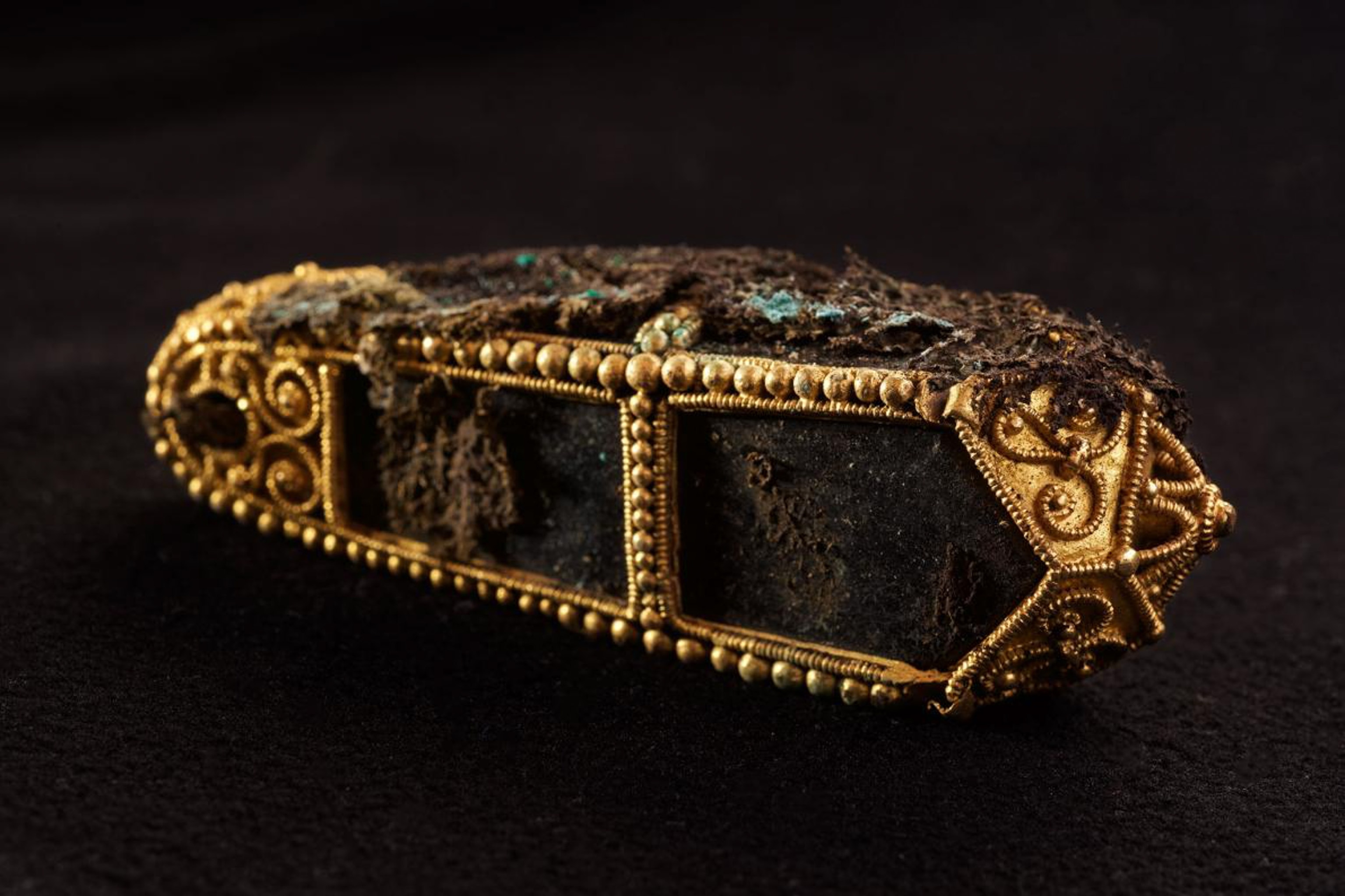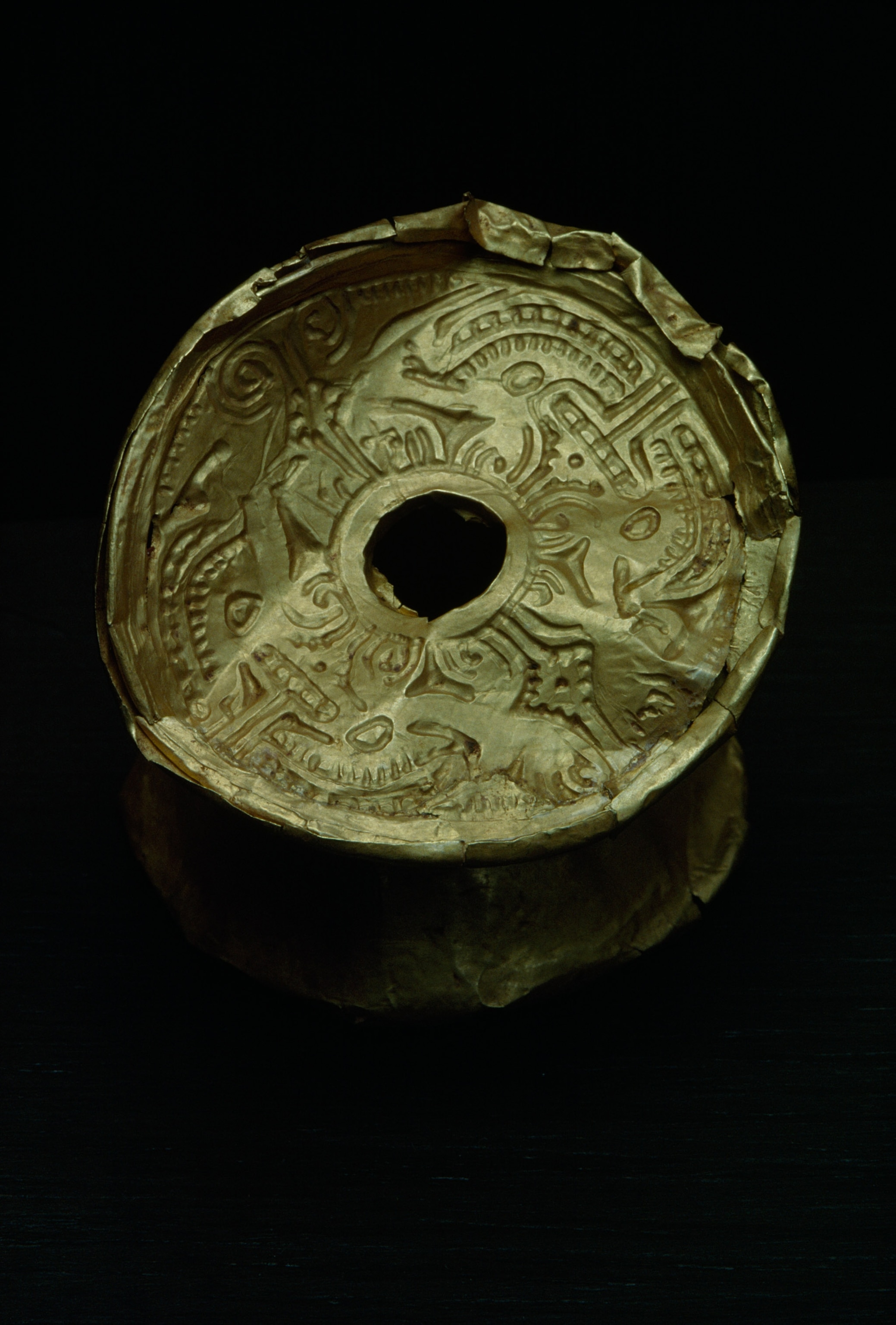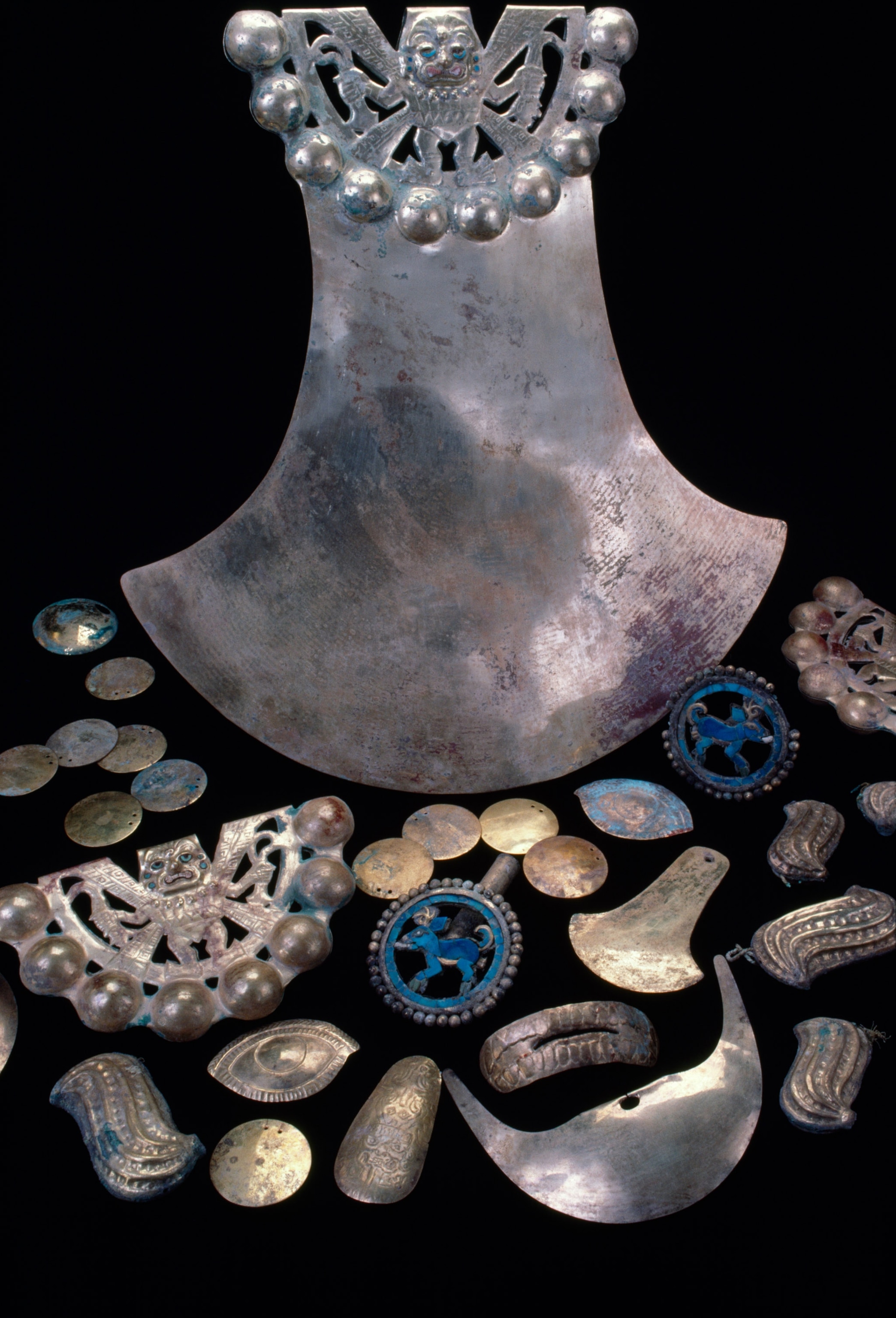Swiss archaeologists recently announced the discovery of what they say is the earliest metal representation of a human body part ever found in Europe. The 3,500-year-old object is a hand, slightly smaller than life-sized, made of more than a pound of bronze. It has a cuff of gold foil glued to the wrist, and a socket inside that would have allowed it to be mounted on a stick or pole.
The find was originally uncovered in 2017 near Lake Biel in the western canton (province) of Bern, by treasure hunters using metal detectors, who turned it in to authorities along with a bronze dagger and rib bone they found nearby. “We had never seen anything like it,” says Andrea Schaer, head of the Ancient History and Roman Archeology Department at the Bern Archaeological Service. “We weren’t sure if it was authentic or not – or even what it was.”
By radiocarbon dating a tiny bit of the organic glue used to attach a layer of gold foil onto the sculpture’s “wrist,” they determined the object was very old – dating back to the middle Bronze Age, or between 1,400 and 1,500 B.C.
That was enough to convince the archaeologists to return this past spring to the area where the bronze hand was originally found. After the erstwhile looters pointed out where they found the object, Schaer and her team spent seven weeks excavating what turned out to be a badly-damaged grave, located on a plateau above Lake Biel near the tiny village of Prêles. “There’s a magnificent view over the plateau to the Alps,” Schaer says. “It really is an extraordinary place.”
Stunning Photos of Ancient Gold Treasure
In the burial, researchers found the bones of a middle-aged man, along with a long bronze pin, a bronze spiral probably worn as a hair tie, and fragments of gold foil matching those that adorn the bronze hand. They also recovered one of the sculpture’s broken fingers in the man’s grave, a good indication that the hand was originally buried with the man.
Metal objects in Bronze Age burials are rare, and gold is almost never found in Bronze Age burials in Switzerland. As far as Swiss archaeologists familiar with the find can tell, a sculpture like this is unique in Europe, and perhaps beyond. “The fact that we know of thousands of Bronze Age graves and have never found anything like this shows it’s pretty special,” says Stefan Hochuli, head of the Department of Monument Preservation and Archaeology in the nearby Swiss canton of Zug.
The sculpture will be on display in Biel, Switzerland for the next month. Meanwhile, the archaeologists are working to publish the find -- and puzzling over what the hand might have been for. “It must have been placed on something, but we don’t know what,” Schaer says. The sculpture’s socket suggests it could have adorned a statue, been mounted on a stick and wielded like a scepter, or even worn as a prosthetic as part of a ritual.
The answer may remain elusive. Because it was removed from the grave by the looters without documentation, it’s impossible to know how it was originally arranged with the man’s body. “Finds like this remind us how many gaps there still are in our knowledge about the past,” Hochuli says. “It gives us a glimpse into the spiritual world of this society – and it’s a lot more complex than we often think.”


